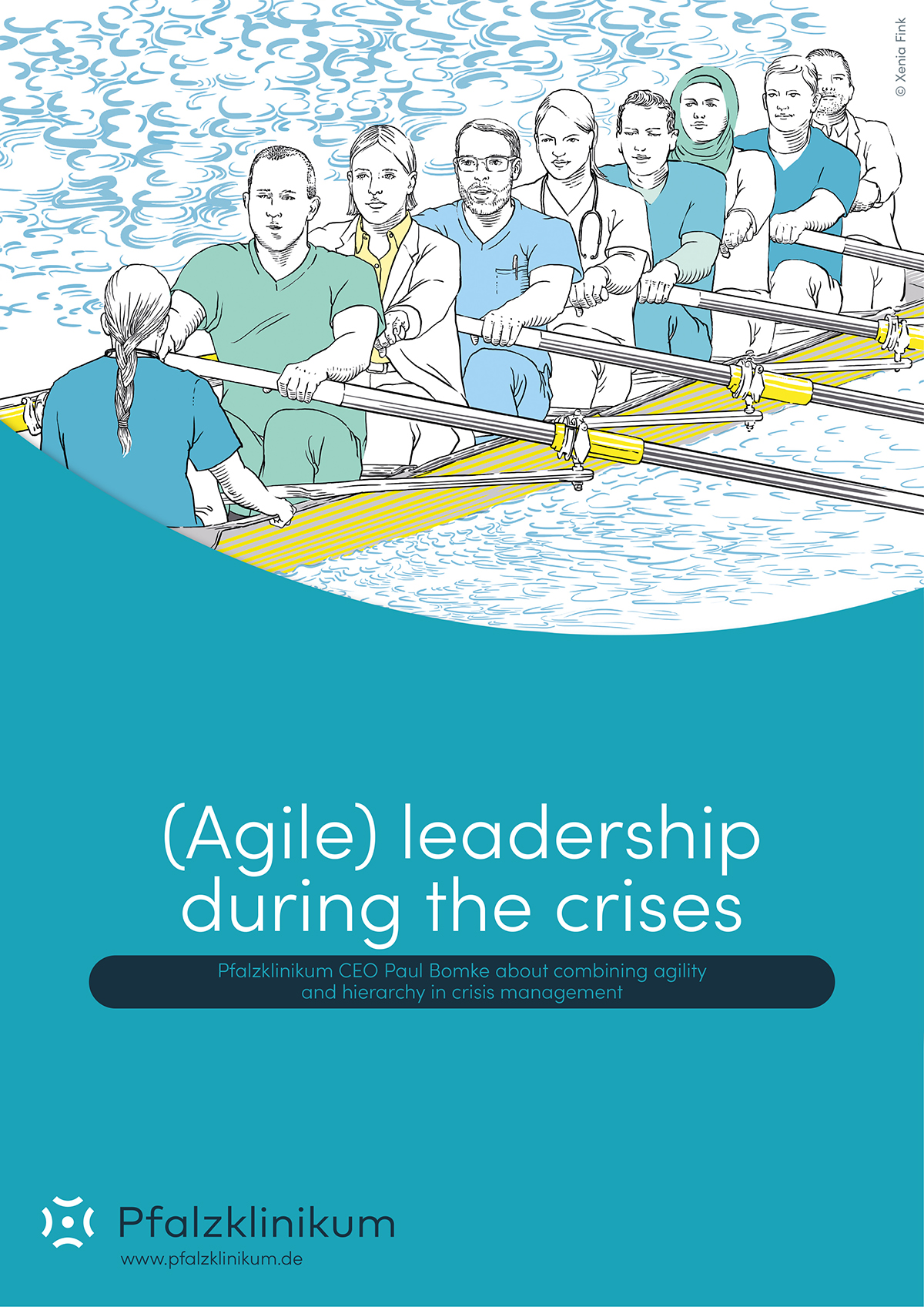Here, Pfalzklinikum discuss why agile leadership during the crisis will shape how an organisation emerges from COVID-19
When it comes to hierarchies in the workplace, there are thousands of theories and suggestions for how leaders should function. But right now, in the middle of an unprecedented global health crisis, how can these theories be translated to an efficient form of functioning – which benefits employee and organisation alike?
Pfalzklinikum share their experience of how remote leadership can function in this digital age by understanding how mental health and human nature work at a moment like this.
They recognised that, although over the last few years the concept of the workplace hierarchy has slowly diminished into a more community-based approach, the pandemic drew people back into a chain of command. But is there one kind of hierarchy that is better during the pandemic than any other?
For instance, now when individuals asked one another about decisions they were unsure about, they hope for clearer directions from a senior authority. This can be seen in the various micro-debates that exist about the right timeframe for hand-washing, and the working application of various lockdown rules as new policies roll in.
How can this new sensibility also impact how people are working, especially now that remote working has become an embedded aspect of most workplaces?
Pfalzklinikum explain the importance of an agile leadership approach – not a permanent change to how things work, but a fluid understanding that humans and communities work differently at changing points in time. This answer is working right now, but answers must always be found and thinking must remain open to adjustment.
These hard-won insights can be taken and applied to various organisations, across countries.
If you want to understand what they learnt about community, market and hierarchies, then we have the answers for you here.


